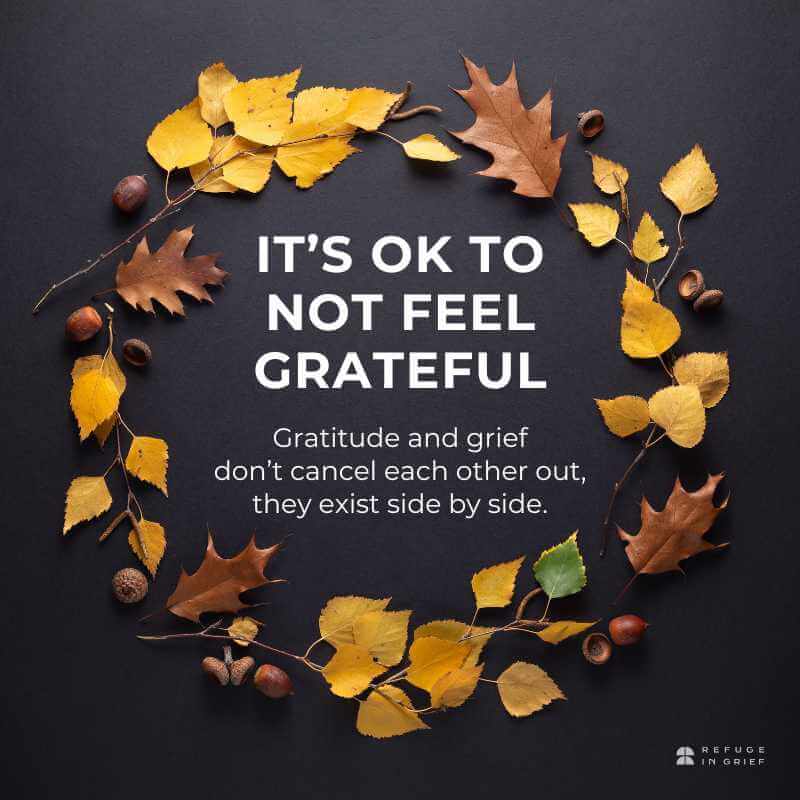Tending to the Pain of Loss Through Collage
On a beautiful, ordinary summer day in 2009, I watched my partner drown. Matt was strong, fit, and healthy. He was just three months away from his fortieth birthday. With his abilities and experience, there was no reason he should have drowned. It was random, unexpected, and it tore my world apart.
Our culture sees grief as a kind of malady: a terrifying, messy emotion that needs to be cleaned up and put behind us as soon as possible. As a result, we have outdated beliefs around how long grief should last and what it should look like. We see it as something to overcome, something to fix, rather than something to tend or support.
There’s also a deep cultural presumption that creating something out of grief somehow makes it all even out in the end: That your deepest call is to transform your grief into a work of art that touches others. Creativity is a way to transform pain. It all works out. At the very least, art and writing will make you feel better, and you can get to “acceptance” of this loss faster.
That presumption does such a disservice, both to the creative practice, and to you.
However, if we don’t use creative practices to make grief better, why do them at all? We engage in creative practices because our minds (and our hearts) run on them.
Creative practices can also help you deepen your connection with that which is lost. Death doesn’t end a relationship; it changes it. Writing, painting, and other creative processes allow the conversation that began in life Before to continue in life After. The stories we create are a continuation of love. And sometimes, creation allows us to connect and relate to the world again, in our own new ways, in this whole new life.
 To learn some cool practices to help you explore your grief through imagery, read the rest of this article at Spirituality & Health magazine, at this link.
To learn some cool practices to help you explore your grief through imagery, read the rest of this article at Spirituality & Health magazine, at this link.


